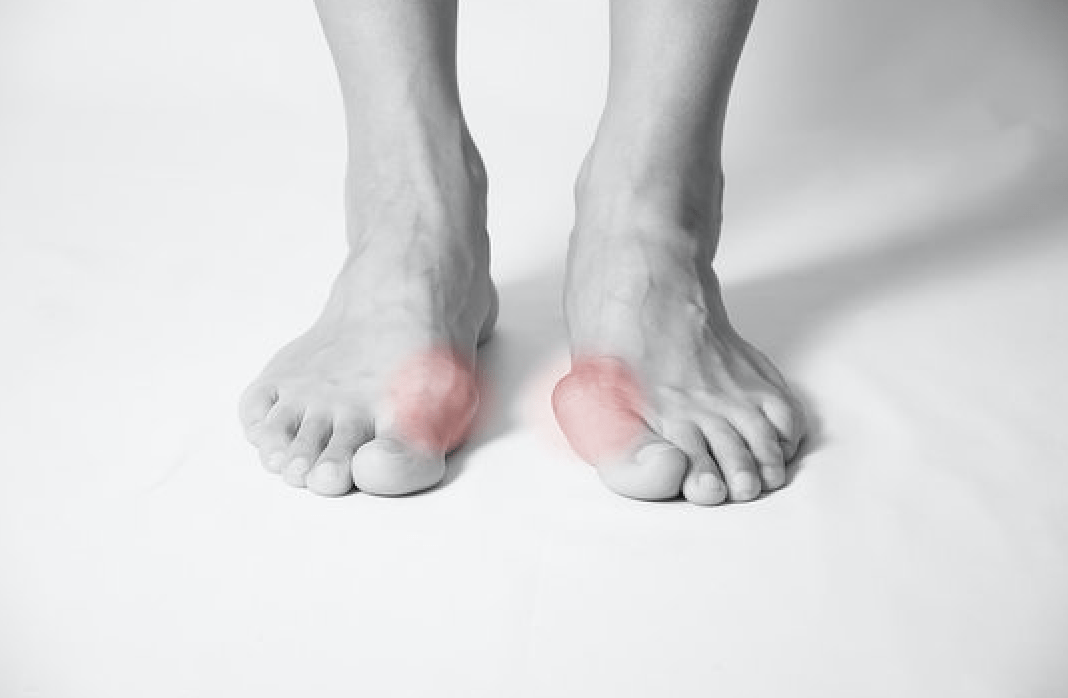Bunions

What Are Bunions?
Some persons have a bump at the joint on the side of their big toes. This is called the Bunion. It’s usually swollen and painful. About 30% of women in the US have this bump. Bunions is hereditary but in most cases, they can be developed when one wears very tight shoes.
When this painful bump is found at the part near the base of your little toe i.e the fifth toe, it is called the bunionette or the “tailor’s bunion”. Just like the bunion, the bunionettes is also caused when one wears a tight shoe as well.
Symptoms of Bunions:
The prominent feature of the bunion is that it causes the metatarsophalangeal joint to swell and then stick out. This may cause that skin area to become red and would hurt whenever a shoe is worn. The bunion usually hurts whenever you walk this is because that particular joint gets flexed whenever there is a movement of the feet while walking. This may lead to a painful Inflammation known as Bursitis which causes the big toe to move toward the second toe and possibly get under the second toe.
This causes the skin beneath the foot to become thick and causes a lot of pain while walking. Due to the pressure from the big toe, the second toe may become pushed out of alignment and may cause it to overlap the big toe. Sometimes when the bunion has gotten so severe it may cause your feet to look deformed and this may make it difficult to walk and when the pain becomes severe it may lead to arthritis.
Prevention
A certain form of Bunion can be treated without any need for surgical treatment. But it is best to prevent it from happening and this can be achieved by avoiding tight shoes that you’ll need to force your feet into. Ensure that you select shoes that fit your feet well and conforms to the shape of your feet. Select shoes with wide insteps, soft toes, and broad toe boxes. Do not wear shoes that tend to be tight and sharply pointed. Also, shoes with heels higher than 1/4 inches should be avoided.
In the case where you already have a bunion, you should consider shoes with enough space that won’t cause pressure on your big toe. You can get an expert to stretch your shoes and this will help to relieve most of your pain. Another way to reduce the pain is to use soft pads to protect the painful area or a spacer that will help to keep the big toe and the second toe apart.
Treatments
You should consider surgery when the bunion has advanced to a level where it is so painful and walking is no longer possible. At this point even changing shoes doesn’t reduce the pain anymore. The bunion surgery helps to realign the bone and the ligaments. It reconnects the tendons and the nerves as the big toe is properly corrected to its original position. Several methods can be used to correct your toes’ alignment. Visit Dr. Driscoll to discuss what method will be the best option for you. You may decide to leave the hospital the same day the surgical operation is done. About 3-6 months is needed to fully recover which is usually accompanied by stiffness and constant swelling.
Warts
Achilles Pain
Arthritis
Platelet-Rich Plasma (PRP)
Bunion Pain
Metatarsalgia
Nail Fungus
Heel Pain
